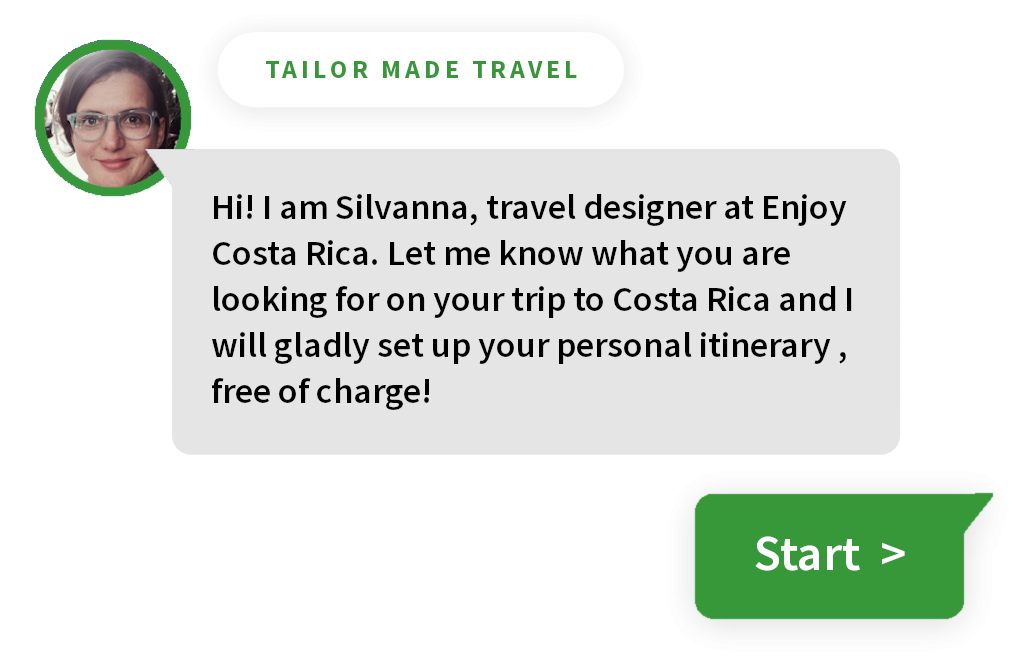Costa Rica Tips for Travelers
Passport and Visa
Follow the link below for information in Spanish about Costa Rica’s entry requirements from the Ministry of Foreign Affairs: http://www.costarica-embassy.org/
Contact the nearest Costa Rican Embassy for current information in your language.
Getting around
It is recommended that you have transportation arranged before entering Costa Rica. This way you do not have to worry about getting from one location to the next. If you feel adventurous and speak a little bit of Spanish you can rent a car and drive to each destination. There are regular domestic flights between San Jose and other destinations in Costa Rica which we advise to book only for flying in the morning due to the changing weather.
Places to eat
Costa Rica has become a Latin American food destination offering a wide variety of restaurants to choose from. In most tourist destinations you will find options of international and national restaurants, many bakeries and coffee places too. Some dishes to get familiar with are: Gallo Pinto (rice & beans), Casado (combo plate), Chifrijo (fried pork with red beans), Chorreadas (corn pancakes) and Olla de Carne (beef & vegetable soup).
Water
Costa Rica is the only country in Central America where it is safe to drink tap water. If you prefer to stick to a bottle of water you can find it anywhere, all around the country. Always take a bottle of water with you during your tours to stay hydrated. Please remember to recycle your water bottles. Most hotels and towns have a recycled can available somewhere.
Swimming in the ocean
Some beaches are famous for having big waves and fast currents perfect for surfing but not so much for safe swimming. If you seek quieter and safer beaches look for bays rather than stretches of shore. Some great swimming beaches are in Manuel Antonio, Papagayo,Punta Uva in Limon, Potrero, Carillo and Samara Beach in Guanacaste.
Packing
There is a variety of micro climates in Costa Rica which makes the weather different at every destination. The coasts are usually warmer and the highlands cooler. As you move south along the Pacific Coast the humidity levels rise . The Caribbean is humid and hot and rainy with a short break during September and October. Please consult with us on the general climate at the time of booking. The rainy season or green season goes from May to November. Rain gear is recommended. From December to April is the dry season or high season, the weather is cool and sunny. Bring hiking boots or tennis shoes as you will need a good pair of walking shoes. For the beach, don’t forget your sandals. Sunglasses and sunscreen are recommended all the time. Bug spray is a must in Costa Rica too, especially during the rainy season. Binoculars are a good item to bring if you like birdwatching. Other items would include a swimsuit and a camera. If you are planning on taking a domestic flight, pack light. Weight limits on luggage will not allow you to carry much luggage.
Electricity
The standard voltage in Costa Rica is 110 V. Sockets have two, similar to the US. Depending on your country of residence you will need to bring a power plug adapter or voltage converter - check before you leave home.

